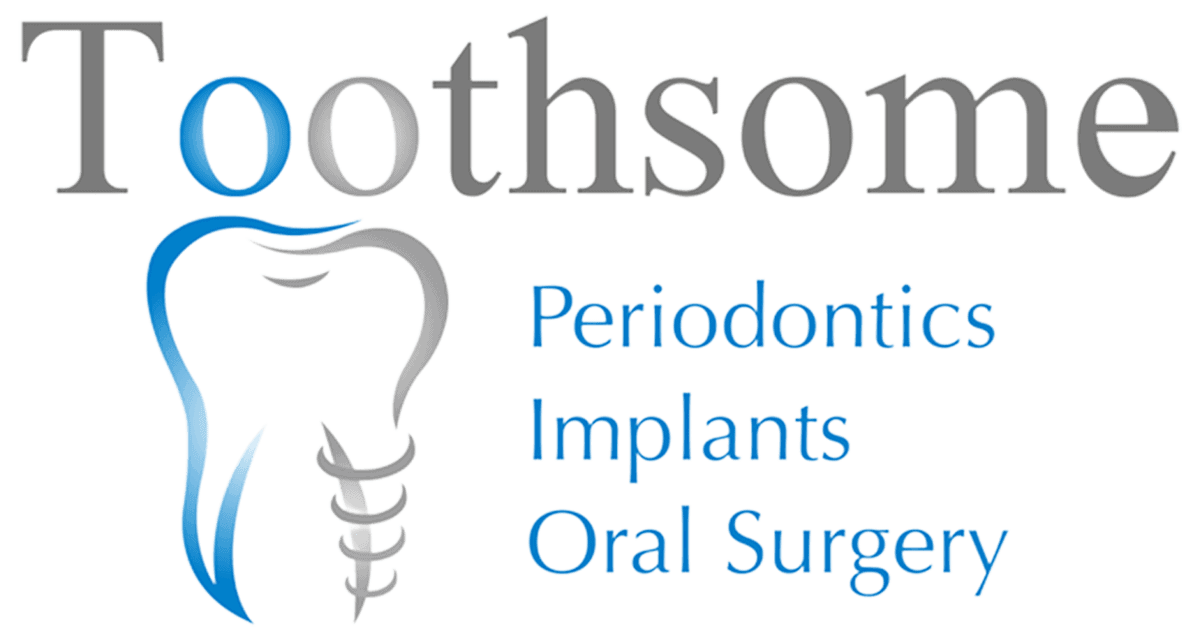
Dental implant technology has transformed restorative dentistry by providing the only permanent solution to missing teeth. While most people with missing teeth have the structural integrity necessary to place a dental implant, some have insufficient jawbone density or thickness to support an implant post.
The implant may fail without the correct placement depth or bone tissue to bond with the post.
If imaging at your consultation for a dental implant reveals low jawbone density, you may need additional treatment, such as a sinus lift procedure.
Learn more about why you may need a sinus lift procedure and how sinus lift procedures are performed.
What is a Sinus Lift Procedure?
Dental implants can be placed in the upper (maxillary) or lower (mandibular) arch. If you need to replace teeth in your maxillary arch but do not have enough bone tissue, you may need a sinus lift procedure.
A sinus lift procedure, also called sinus augmentation, increases the amount of bone between your premolars and molars to create enough stability to support an implant post.
The maxillary sinuses are small air-filled cavities positioned near the back of the dental arch which controls airflow, nitrogen absorption, and immune function. Your dentist moves the sinus membrane upward during the treatment to make space for the additional bone and places a graft to stimulate tissue growth.
Why Do I Need a Sinus Lift Procedure?
There are several reasons why your dentist may recommend a sinus lift procedure. A sinus lift is necessary in most cases because the maxillary sinus has become enlarged due to pneumatism. Pneumatization occurs naturally with age and may be triggered by tooth loss.
If the height of your maxillary jawbone is too low, you also need a sinus lift to increase the tissue mass to create a firm anchor for the titanium dental implant post.
A sinus lift procedure is also prescribed when there is significant bone resorption in the upper jaw beneath the missing tooth. This occurs when the tooth is missing for a substantial period, or an infection of the tooth or gums causes the bone to deteriorate.
Healthy gum tissue is also critical for successful implantation. If you have advanced periodontal disease, the soft tissue may be damaged and impact the bone underneath. In this case, your dentist may suggest a sinus lift to repair the affected tissue.
How a Sinus Lift Procedure is Performed?
Understanding how a sinus lift procedure is performed can help alleviate any concerns about the treatment. Typically, there are several stages before your dentist can place dental implants.
- Initial consultation
Your dentist takes digital images and X-rays of your teeth and jaws during your consultation. This process helps determine the depth, density, and quality of your upper jawbone and the position of your maxillary sinus.
Before you have surgery, your dental surgeon must also determine the best type of graft to use. There are three common types of bone grafts used in a sinus lift procedure: autograft, allograft, and xenograft.
An autograft is bone tissue from another area of your body, typically the hard palate or another area of your mouth. Autografts are often the best option for sinus lifts because your body is less likely to reject its own tissue.
An allograft is tissue sourced from a human cadaver, and xenograft is derived from bovine bone tissue. These tissues are treated to make them compatible with your body and safe to use.
- Sinus lift surgery
You are typically under local anaesthetic for a sinus lift procedure. However, at Toothsome, we offer a range of sedation options for anxious patients, including IV sedation and general anaesthesia.

During IV sedation, you are conscious and responsive throughout the procedure but in a deep state of relaxation. You can discuss which option is right for you during your initial consultation. If you opt for sedation, arrange for someone to drive you home after the procedure.
After numbing the area, your dentist makes an incision in the gum tissue where the maxillary sinus is located to expose the bone. Your dentist then cuts a small portion of bone and inserts it into the sinus cavity, raising the sinus membrane to create a gap. They then fill the gap with the prepared graft material and close the area with sutures.
- Recovery and follow-up
Recovery from a sinus lift procedure can take between 4 and 6 months, depending on your immune system and the extent of the graft. This allows the graft to stimulate cell growth and fuse with your jawbone.
Following your surgery, you may experience some mild swelling and discomfort. Your nose and mouth may also bleed slightly for the first 48 hours. It is critical that you follow your dentist’s aftercare instructions for the surgical site to prevent infection.
Avoid sneezing or blowing your nose because the pressure can cause the graft material to shift and open the sutures. Your dentist may prescribe a saline nasal spray to keep your sinuses moist and prevent irritation. They may also prescribe a medicated mouthwash, antibiotics, and prescription medication to avoid congestion while you recover.
After one to two weeks, you’ll return to the dental clinic for a follow-up appointment so your dentist can check if you are healing correctly and to remove any stitches that haven’t dissolved on their own.
Visit Toothsome for Experienced, Compassionate Oral Health Care
Sinus lift procedures are complex and must be performed by an experienced periodontist or dental surgeon. Dr Chou and Dr Rodricks at Toothsome are Specialist Periodontists with 15 years of dental implant experience. Call us today to book your dental implant consultation and to determine if you need a sinus lift procedure.
Note: Any surgical or invasive procedure carries risks. Before proceeding, you should seek a second opinion from an appropriately qualified health practitioner.
References
Sinus Lift Surgery: Answering Common Questions.
https://www.colgate.com/en-us/oral-health/implants/sinus-lift Everything to Know About a Sinus Lift.
https://www.healthline.com/health/dental-and-oral-health/sinus-lift Maxillary Sinus Pneumatization Following Extractions in Riyadh, Saudi Arabia: A Cross-sectional Study.
https://www.ncbi.nlm.nih.gov/pmc/articles/PMC6957056/ Maxillary Sinus.
https://www.healthline.com/human-body-maps/maxillary-sinus#1


